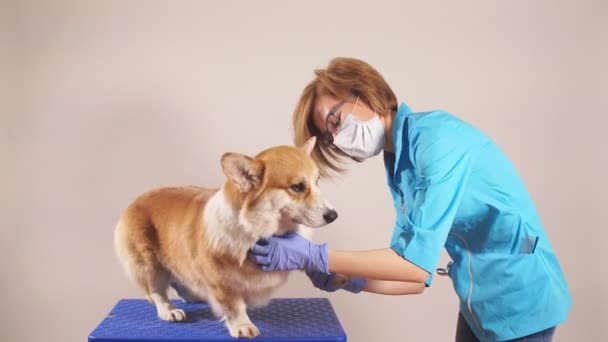7 facts about cats that every cat owner must know
 Like any animal, cats are a long-term commitment and responsibility, to which pets respond with unlimited love. Below are 7 facts about caring for cats that owners need to know about.
Like any animal, cats are a long-term commitment and responsibility, to which pets respond with unlimited love. Below are 7 facts about caring for cats that owners need to know about.
1. Your cat is a predator
Despite the fact that some people follow a vegetarian or vegan diet, such diets are contraindicated in cats. People are omnivores, and cats are natural carnivores. They do not digest plant foods very well and they need taurine protein, which they can only get from muscles and tissues of animal origin.
Domestic cats get the nutrients they need by eating dry or wet industrial feed containing animal products.
Do not stop thinking not only about what you feed the cat, but also about how much food you give her. Cat weight control is the very first thing you can do to increase the length of a cat’s life.
2. Cats hate dirty trays and do not like to share them.
Your cat is obsessed with cleanliness. This means that you must clean the tray at least once a day! The best option is to remove solid waste every day, every week to completely clean and wash the tray.
If you keep the tray clean, it will cause the cat to urinate more frequently, which can help reduce the risk of developing potentially fatal urinary tract diseases in cats.
Cats do not like to share, so if you have more than one cat, you will need a separate tray for each of them. These trays should be located in a quiet and secluded place!
3. Some home plants are dangerous for cats.
Not sure which plants are toxic for cats? See a list of plants and symptoms of cat poisoning on this site. If the list includes plants that you have at home, then it is better to get rid of them as soon as possible. If you think the cat ate something poisonous, contact a veterinary clinic as soon as possible for emergency treatment.
4. Cat teeth need to be cleaned and kept clean.
This is true! Cats have almost as many teeth as humans, and plaque and tartar also appear on these teeth. Care of teeth of cats is similar to how we take care of our teeth. You can brush the cat’s teeth at home (it is important to use a special toothpaste and brush for cats!), And at the annual examination by a veterinarian check their condition.
5. Vomiting in cats is an abnormal condition.
The usual misconception that vomiting in cats is normal. A single episode of vomiting is usually not a cause for concern. But if cat vomiting occurs frequently and / or regularly, the reason may be food allergies, helminth infection or other more serious diseases. If your cat has frequent vomiting, it’s a good idea to go to a veterinary clinic for a checkup.
6. Cats – masters in disguise pain
Most likely, you would not think that the cat’s health has deteriorated, because the cats perfectly hide their pain and other signs of the disease. Please contact the veterinary clinic at the first sign of deviation from the normal, normal condition of the cat.
Veterinarians are able to see the disease before it becomes irreversible. That is why it is important to conduct a clinical examination of the cat every year.
7. Cats require regular vaccination and parasite treatment.
Even if the cat does not go outside, this is not a guarantee of protecting it from viruses, fleas and helminths. Viruses and parasites you can bring from the street on your clothes and shoes. The risk of infection increases greatly if you have other animals or the cat goes outside (for example, in the summer at the cottage).
Every year we see less and less infections and parasites in dogs, while in cats the level of infection remains high. Despite the fact that dogs regularly go out into the street, they are regularly tried to vaccinate and treat for fleas and ticks.
With cats, the situation is different. The walls of the apartment cannot reliably protect them from viruses, fleas and helminths, and this dangerous misconception is unfortunately very common.
Remember that every cat needs annual inspection, vaccination and regular treatment from internal and external parasites!
Knowing how to properly care for a cat will help ensure that she lives a long, happy, and healthy life!



